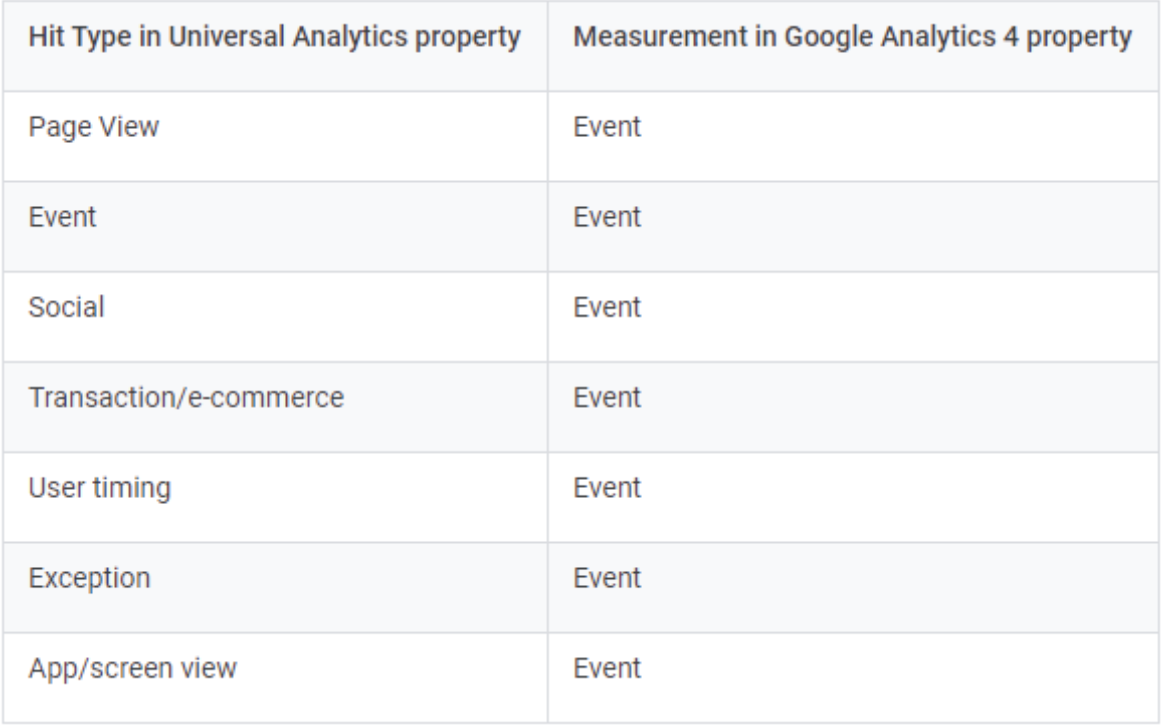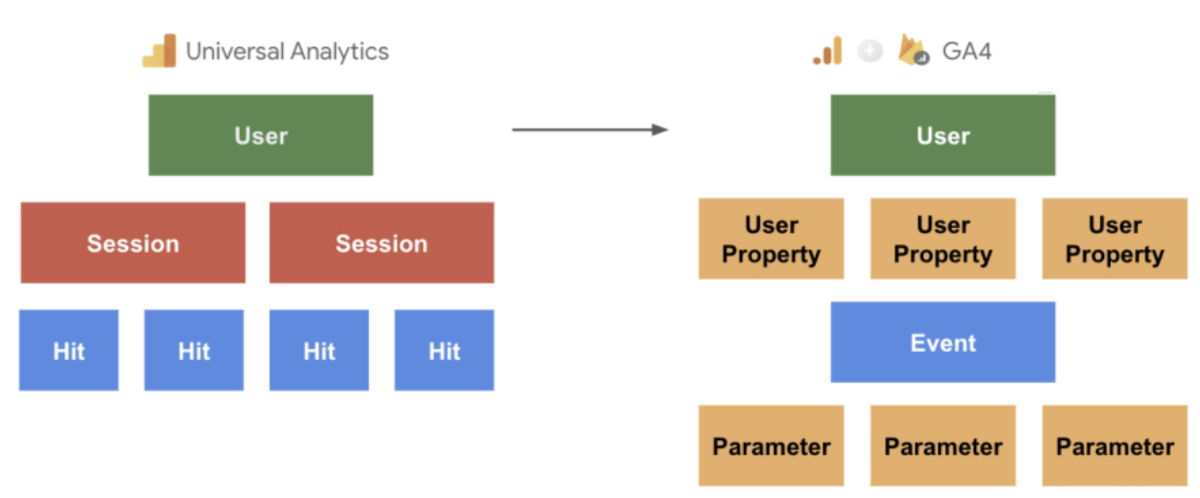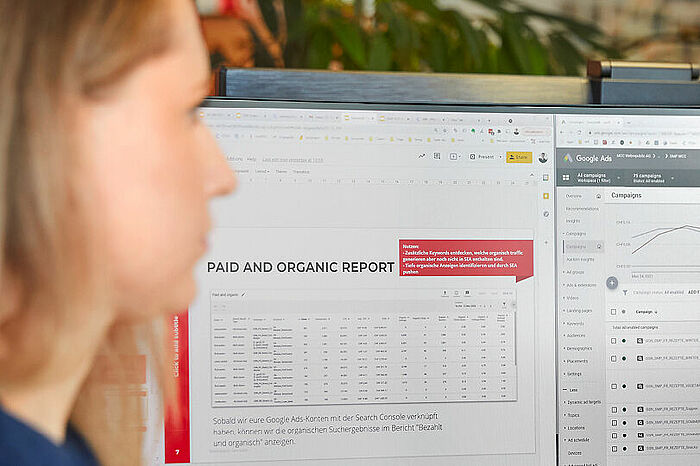Google’s fourth-generation Analytics promises precision mapping of customer journeys across all devices, as well as improved website and app tracking. How does the new data model work? And should you make the switch yet?
Google Analytics 4 (GA4) was officially launched in October 2020 and is intended to replace Universal Analytics in the long run. The tool offers a new, fully integrated data perspective, which is why many of our customers are already running a dual setup with Google Analytics 4.
But what makes Google Analytics 4 so revolutionary? Precision cross-platform and cross-device analytics are a standard feature of the new data model. While Universal Analytics is only capable of generating a few reports of this type, this feature is a cornerstone of the new tool. For example, GA4 offers a data perspective that is even better at representing our present digital reality. We reported on the general features of Google Analytics 4 in one of our recent blog posts.
UNIFIED, EVENT-DRIVEN DATA MODEL IS MORE DYNAMIC THAN UNIVERSAL ANALYTICS
So what role does the event-driven data model play in the GA4 standard? To answer this question, let’s take a look at how data points are officially defined.
In the area of web analytics, we normally talk about “hits”, which represent a certain relationship to a data point. Google Universal Analytics uses various types of hits, one of which almost everyone is probably familiar with, namely the “Page View”. This hit is sent automatically each time a page is accessed. Another type of hit is the “Event”, which makes it possible to create separate data points with additional values for “Category”, “Action” and “Label”.
The Universal Analytics data model can, however, make it difficult to define data points precisely, because they may be more complex than the existing types of hits permit. This means that Universal Analytics is limited in terms of how it can measure various user activities in applications or movements in applications on other devices.
GA4, on the other hand, uses a new, consistent data model to aggregate different data streams seamlessly. These streams can also be displayed in the form of a single, comprehensive data view and then analyzed. In other words, the tool represents a huge leap in the consolidation of apps, digital devices, and the web.
GA4 now defines each individual data point (hit) as an event with corresponding fields that function as parameters, and does away with the old types of hits.
Hit Types in Universal Analytics vs. Measurement in GA4

GA4 now defines each individual data point (hit) as an event with corresponding fields that function as parameters. (source: support.google.com)
GA4 VS Universal analytics: HOW CAN I MIGRATE MY DATA EASILY?
Google Analytics 4 events no longer include any default fields like “Category”, “Action” or “Label”. Instead, you can define your own parameters for the specific type of data point. This also has an impact on reports, which is why we recommend reviewing your current data collection model. When migrating your setup, the Universal Analytics event structure should not simply be copied over to the Google Analytics 4 model.
Overview of different data models

SHOULD I SWITCH TO GA4 NOW?
The short answer: yes and no. Universal Analytics will certainly be available for a few more years. However, Google is unlikely to invest much in the further development of Universal Analytics. Because, as mentioned, GA4 uses a new data model, data from Universal Analytics cannot be migrated directly into Google Analytics 4. For this reason, we don’t recommend switching over to GA4 directly. We do, however, recommend that you start by running a dual setup with Universal Analytics and Google Analytics 4.
GET STARTED WITH GOOGLE ANYLTICS 4: DUAL SETUP
To plan a smooth migration to GA4, we recommend a dual setup with Universal Analytics and Google Analytics 4. This will create a new property for GA4 with the event-based data model and corresponding events. You can then record metrics in both systems simultaneously. There are three advantages to this approach:
- You can start collecting data with GA4 right away, meaning that you will be building a foundation of historical data before proceeding with the actual migration.
- GA4 has several new features that you can test out in a risk-free environment.
- You can then examine any differences between the two systems and make changes where necessary.
You can also complete the migration in several phases. For example, you can start by creating a GA4 property with an all-pages event and then add more events, customizations and any desired e-commerce tracking during the second phase.




